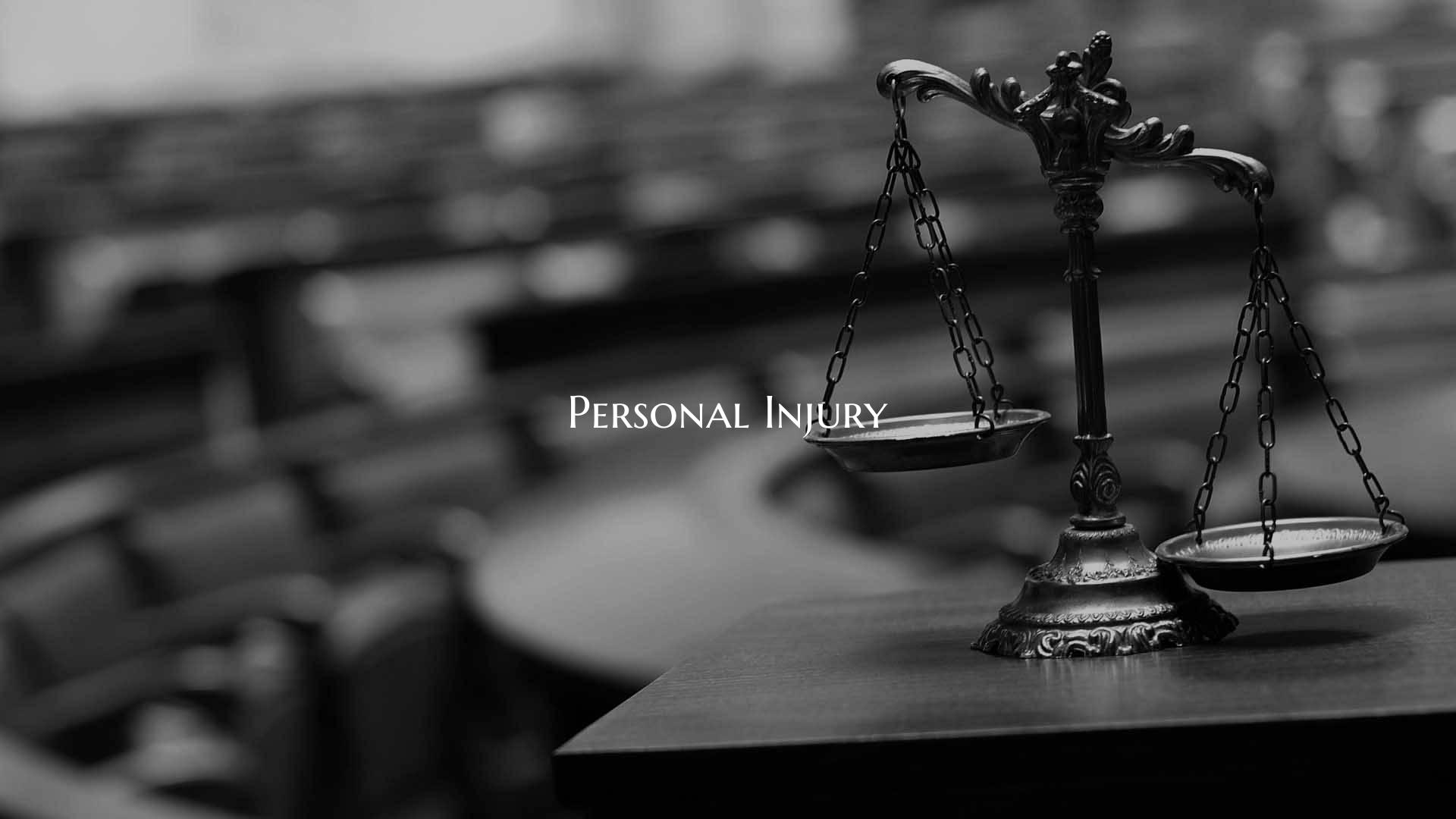
Personal Injury
Introduction: Personal injury is a common legal term that refers to physical or mental harm caused to a person as a result of someone else’s negligence, intentional actions, or strict liability. When an individual sustains a personal injury, they may be entitled to compensation for medical expenses, lost wages, pain and suffering, and other damages. Understanding the intricacies of personal injury claims and the compensation process is essential for anyone who has been injured due to the actions of another party.
Types of Personal Injuries: Personal injuries can manifest in various forms, including but not limited to: 1. Motor vehicle accidents 2. Slip and fall accidents 3. Workplace injuries 4. Medical malpractice 5. Product liability 6. Assault and battery
Legal Elements of a Personal Injury Claim: To pursue a personal injury claim, certain legal elements must be established, including: 1. Duty of care: The defendant owed the plaintiff a duty to act reasonably to prevent harm. 2. Breach of duty: The defendant failed to uphold their duty of care. 3. Causation: The defendant’s breach of duty directly caused the plaintiff’s injuries. 4. Damages: The plaintiff suffered actual harm or losses as a result of the injury.
Compensation in Personal Injury Cases: Compensation in personal injury cases, also known as damages, can be divided into two main categories: 1. Economic damages: These include quantifiable financial losses such as medical bills, lost wages, property damage, and future medical expenses. 2. Non-economic damages: These cover intangible losses such as pain and suffering, emotional distress, loss of enjoyment of life, and loss of consortium.
Steps in a Personal Injury Claim: If you have been injured and believe you have a valid personal injury claim, it is crucial to take the following steps: 1. Seek medical attention immediately. 2. Document the scene of the accident and gather evidence. 3. Report the incident to the relevant authorities. 4. Consult with a personal injury attorney to understand your legal options. 5. File a claim with the responsible party’s insurance company. 6. Negotiate a settlement or pursue litigation if necessary.
Conclusion: Personal injury claims are complex legal matters that require careful navigation of laws and regulations. By understanding the types of personal injuries, the legal elements of a claim, the compensation available, and the steps to take after an injury, individuals can better protect their rights and seek the compensation they deserve. If you have been injured in an accident, consulting with a qualified personal injury attorney can provide you with the necessary guidance and support throughout the claims process.
